
Caring for a pet hedgehog can be a rewarding experience, but it takes more than just feeding and watering them to keep them happy and healthy. Cage size and materials are key considerations in creating a secure and spacious habitat for your hedgehog.
Quality cages should feature solid plastic bases and meshed lids that allow adequate ventilation; larger housing is always better for these small mammals. Additionally, enrichment items such as hideouts and tunnels can provide shelter and encourage natural behaviors like burrowing and nesting.
Here, you’ll find everything you need to know about providing the best care for your pet hedgehog, including cage size and materials, bedding options, temperature and lighting requirements, diet and nutrition tips, exercise and enrichment activities, grooming tips and more.
Housing
Suitable cage size and materials
When determining the best home for your pet hedgehog, cage size and materials are key considerations. A secure, spacious setup is essential to their quality of life. A habitat that’s at least two feet long, one foot wide, and one foot high should be adequate for a single hedgehog.
Larger housing is also recommended if you have multiple hedgehogs. Quality cages should feature solid plastic bases and meshed lids that allow adequate ventilation. Placement of the cage is also important; choose an area away from any cold drafts or direct sunlight as extremes of temperature can cause issues for these small pets.
Hedgehogs will also appreciate enrichment items such as hideouts and tunnels that can provide shelter and encourage natural behaviors like burrowing and nesting. When done right, appropriate cage size and materials ensure your pet hedgehog can enjoy a healthy life in your care.
| Suitable Cage Size & Materials | Description |
|---|---|
| Cage | A glass aquarium or a large plastic bin with a secure lid. The cage must be at least two feet long, one foot wide, and 18 inches high (including the lid). It must provide enough space for the hedgehog to run around, hide and rest. |
| Bedding | Aspen shavings, recycled paper bedding, paper towels or fleece blankets are all suitable options. Avoid materials made of cedar or pine as well as any kind of newspaper due to the inks used in their production. |
| Toys & Enrichment Items | Appropriate toys include tunnels, exercise wheels, toys balls filled with treats, chew sticks and other items that can stimulate your hedgehog’s senses. Cardboard boxes and tubes provide good hiding spots. |
Bedding options
When it comes to providing the best care for your pet hedgehog, bedding is essential. A great bedding option can provide not only comfort and warmth but also create a safe and stimulating environment. Newspaper is one of the most commonly used materials as it absorbs moisture while being easy to clean up and replace.
Shredded paper, wood shavings, or even a combination of these items can be used instead if desired. It’s important to check the product labels when purchasing these items to ensure that your pet is getting an appropriately sized bed that does not contain any toxic materials or other hazards.
Additionally, many hedgehogs will enjoy additional enrichment materials such as tubes, tunnels, hanging balls, or hideouts that can be added to their bedroom area for entertainment. With proper bedding, you’ll give your hedgehog a cozy place to rest and play.
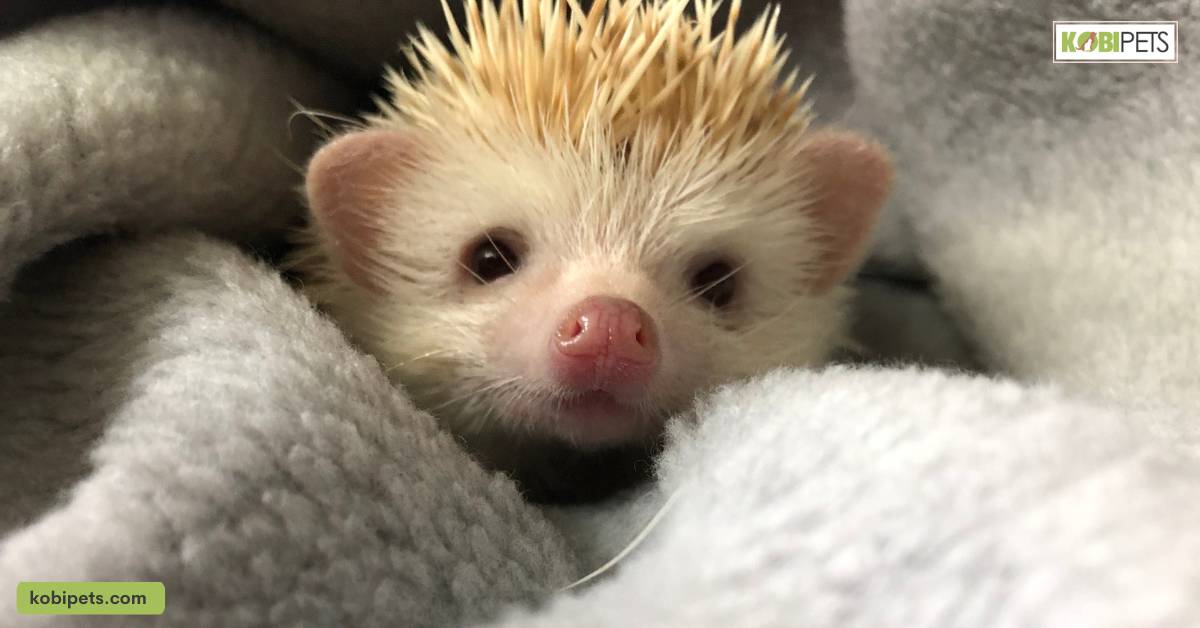
Temperature and lighting requirements
Caring for a hedgehog requires attention to detail when setting up the ideal home environment. Temperature plays an important role in maintaining their health and comfort, as they prefer temperatures between 72-78° F.
An appropriate temperature can be maintained with the help of an electrical heating device such as a heat mat or ceramic heater. To help regulate the temperature, it is wise to provide them with bedding made from non-toxic materials, as well as places where they can curl up and hide such as tunnels or small boxes.
Lighting also plays a role in maintaining their overall health and well-being. Hedgehogs are nocturnal animals, so natural sunlight exposure should be limited but not avoided entirely. Having access to light from dawn until dusk, along with periods of darkness at night is a suitable lighting schedule for these adorable little creatures.
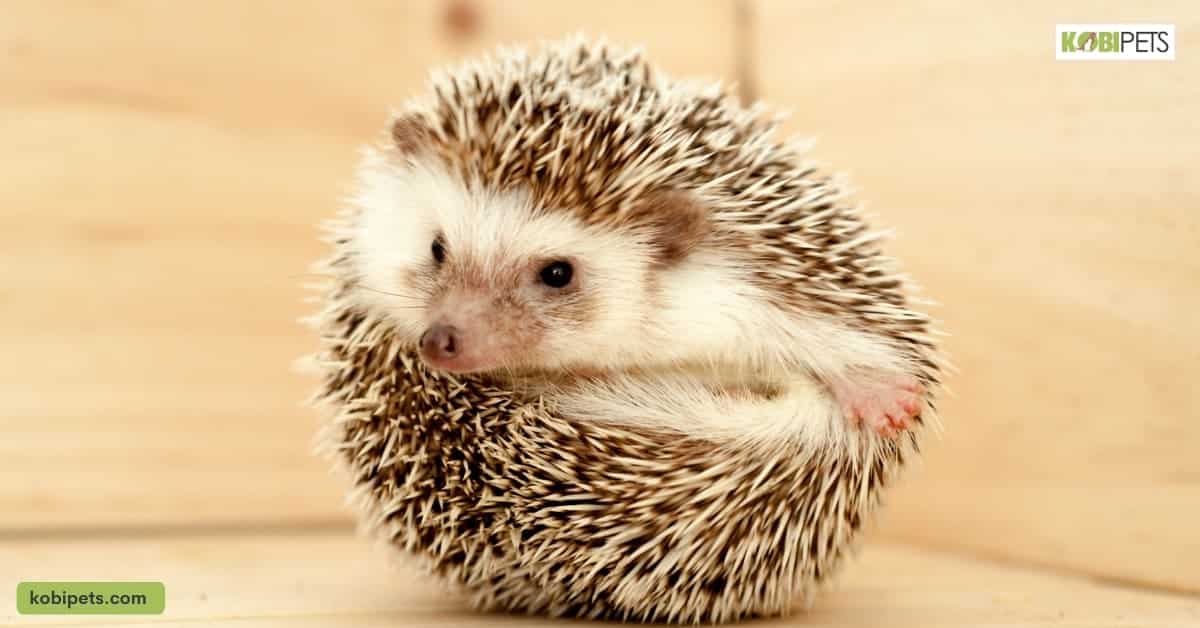
Diet
Types of food to feed
When taking care of hedgehogs, their diet needs to be considered in order to ensure they live healthy and balanced life. It is generally recommended that hedgehogs are fed a commercially produced, dry kibble food that comprises the majority of their diet. With due consideration, it is possible to keep your hedgehog happy and well-fed.
- High-quality, insectivore diet: This should be the primary food for your pet hedgehog and preferably a commercial diet specifically formulated for insectivores.
- Fruits and vegetables: Hedgehogs can enjoy fresh fruits and vegetables as occasional treats; some popular options include apples, blueberries, carrots, and spinach.
- Insects: Cooked, unsalted meats such as chicken and lean beef can be offered in small amounts as an additional protein source.
- Mealworms: A great source of protein and calcium, mealworms are a popular treat for these small mammals. Live or freeze-dried worms are the best options.
- Insectivore formulas: Commercial insectivore diets come in a range of textures, flavors, and forms including kibble, pellets, canned food, or freeze-dried raw.
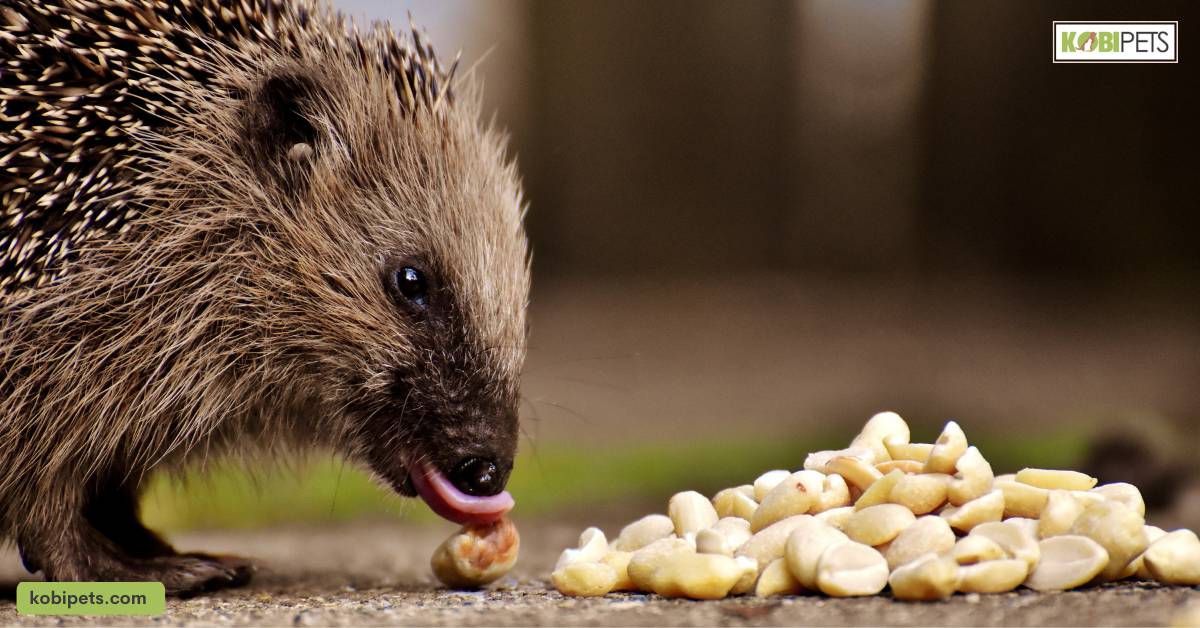
Water and hydration
Keeping our precious hedgehogs healthy and hydrated is key to their well-being. Water is an essential part of every hedgehog’s diet. It should be given in a bowl large enough for them to climb into, as they are particularly clumsy drinkers.
Make sure the bowl is filled up at least once or twice a day to prevent dehydration, and if there’s an old bowl that doesn’t look so fresh, replace it with a new one. You can add natural minerals and vitamins to your hedgehog’s water by adding some dry herbs like mint or rosemary.
As well as fresh fruit, vegetables, and meat mash food like hard-boiled eggs or chicken livers can go a long way toward maintaining proper hydration for your pet hedgehog.
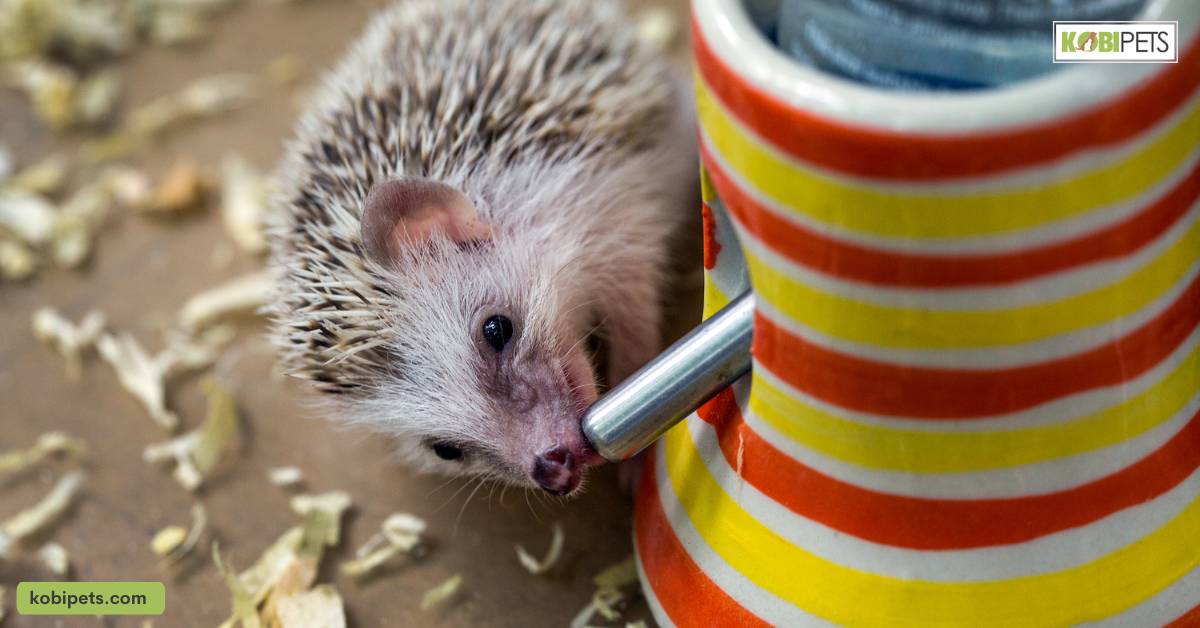
Exercise and Enrichment
Activities and toys for hedgehogs
Providing toys and engaging activities for your pet hedgehog is an important part of creating a healthy, enjoyable home environment. Exercise wheels are perfect for providing long-term physical stimulation and exercise. However, it is also essential to provide mental stimulation by offering enrichment activities such as treat puzzles, hideaways for exploring, and other fun objects like scented bottle caps.
These activities can help discourage repetitive behavior, reduce boredom, and promote overall well-being. Offering different types of ground coverings can also provide the necessary variation from a normally monotonous cage floor so that your pet hedgehog remains engaged with its environment.
Though every hedgehog has slightly different preferences for toys and activities, with a little research and trial-and-error you’ll be sure to find what best suits your furry friend!
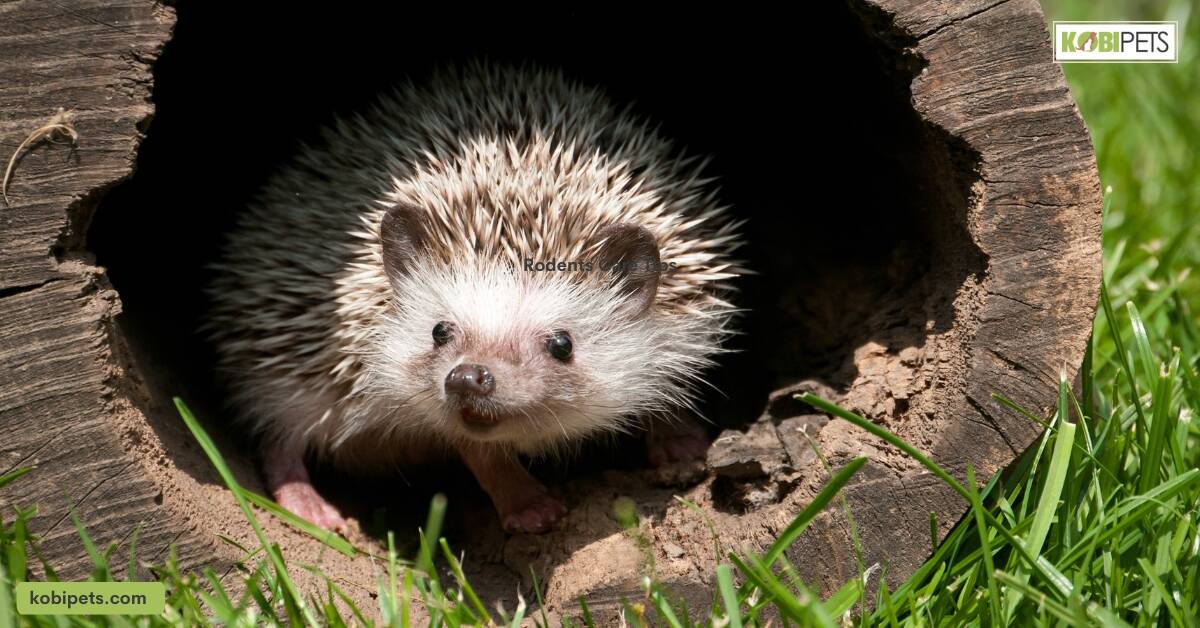
Handling and bonding with your hedgehog
Hedgehogs make great pets when provided with the right environment and care. Exercise and enrichment are essential for a healthy, happy hedgehog. When handling and bonding with your hedgehog, it is important to remain calm and gentle. Start by allowing them to get used to their new environment.
Place them on a towel or pillow so they can explore. Providing opportunities for exploration such as hiding places and toys help stimulate physical movements as well as mental stimulation. Furthermore, exercising with your hedgehog will keep them healthy, and active, and provide an opportunity for owners to bond with their pets.
Through regular contact with its owner, a hedgehog can learn to trust them over time. Taking small steps while handling and bonding with your hedgehog is the key to building an excellent relationship that makes caring for your pet enjoyable for both you and your pet.
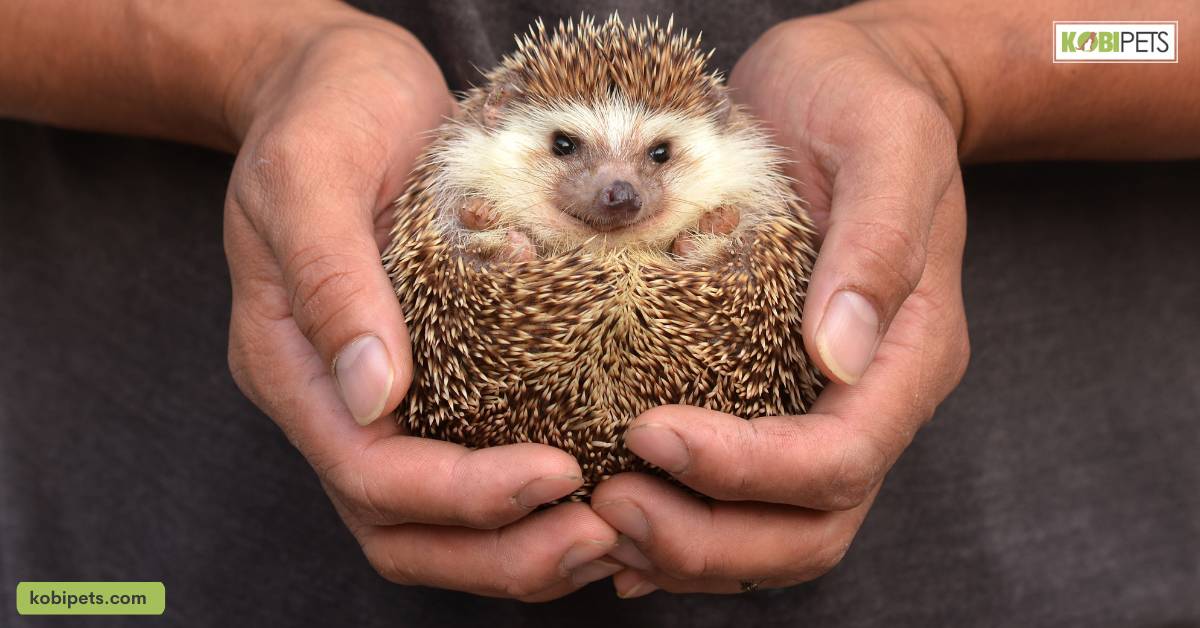
Health and Hygiene
Signs of illness and when to seek veterinary care
Hedgehogs, with their low maintenance needs and curious personalities, may be ideal for exotic pet owners looking for an unusual companion. However, despite their hardy nature, hedgehogs can become sick from time to time and require the same type of care as other pets in order to remain healthy.
- Changes in eating habits, such as no appetite or only eating certain foods.
- Lethargic behavior; sleeping more than usual and/or avoiding physical activities.
- Unusual body postures or movements.
- Visible signs of injury or trauma like cuts, swelling, limping, or bleeding.
- Changes in the texture or amount of feces.
- Discharge from eyes, nose, ears, or mouth.
- Presence of parasites such as fleas or mites.
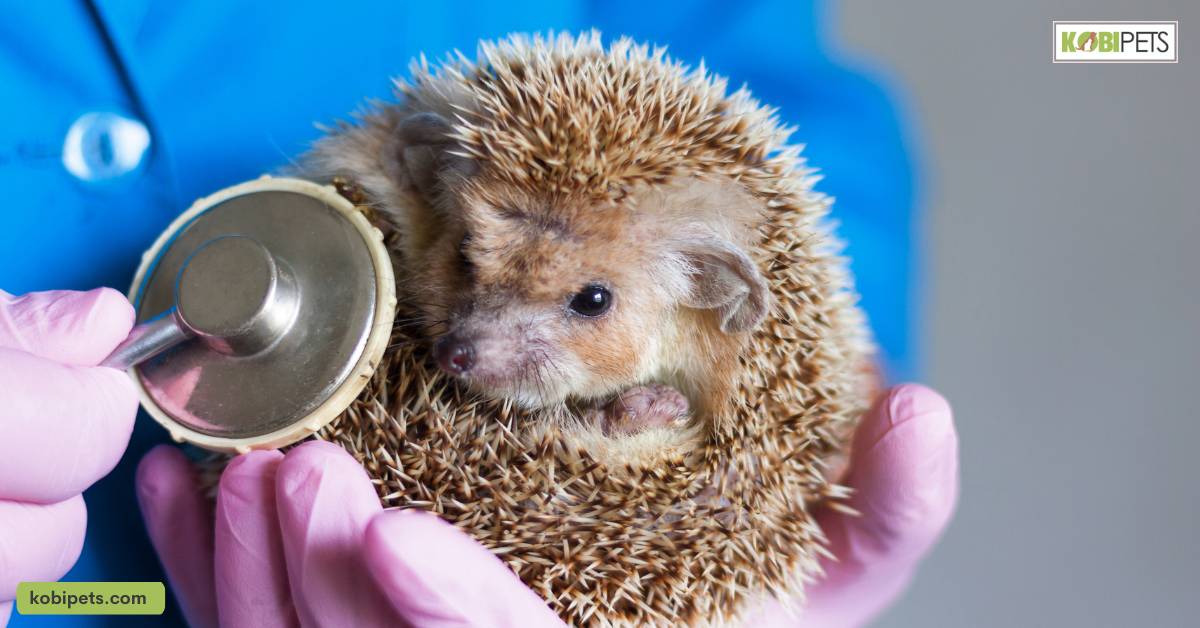
Grooming tips
When caring for a hedgehog, regular grooming is also essential. The following tips can help keep your pet looking and feeling its best:
- Trim toenails regularly using cat clippers or pet nail trimmers; if you’re not comfortable with this task, have a veterinary technician do it for you.
- Brush your hedgehog’s fur with a soft-bristled brush to keep it looking neat and remove dust and dirt.
- Bathe your hedgehog once or twice each month in lukewarm water; a mild shampoo can be used if necessary but should not be done too frequently as this could dry out their skin.
- Check for any signs of parasites such as fleas or mites and treat them accordingly.
- Regularly check the ears, eyes, nose, mouth, and feet for any signs of infection or injury.
- Remove loose bedding from the cage and replace it with fresh materials once or twice each month.
- Provide your hedgehog with plenty of toys and objects to keep them mentally stimulated and active.
Following these grooming tips will ensure your pet hedgehog remains clean, healthy, and happy for many years to come! With the right environment, diet, exercise, and medical care, you can provide an ideal home for these small, spiky companions.
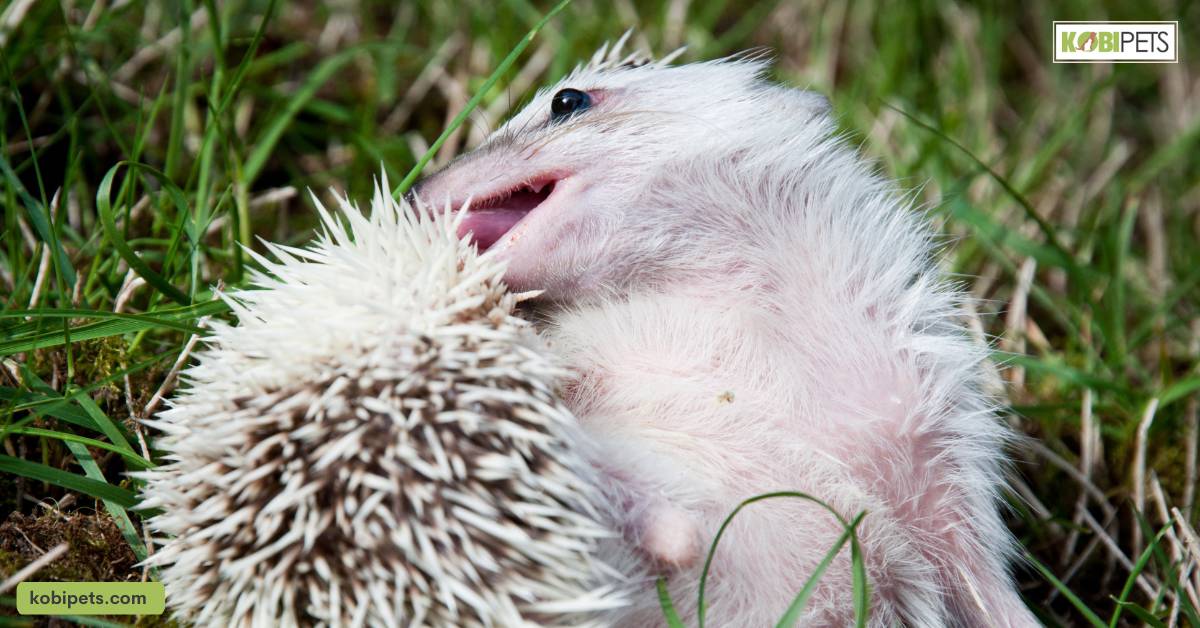
Parasite prevention and control
Hedgehogs can be vulnerable to parasites and, therefore, require vigilant prevention techniques to protect them from infection. Regular check-ups at the vet are essential to identify parasite infestations early and allow for timely and effective treatment and control.
Nutrition is key; a low-sugar diet and a healthy variety of proteins, fruits, and vegetables help keep the hedgehog’s immune system functioning optimally. Furthermore, strict hygiene habits such as cleaning cages regularly and proper hand-washing before handling add another layer of protection.
As an additional precaution, keeping the hedgehog away from other animals who may possibly be carrying parasites is highly recommended. Carers should always consult with their vets regarding any preventative steps they should take when caring for a pet hedgehog.
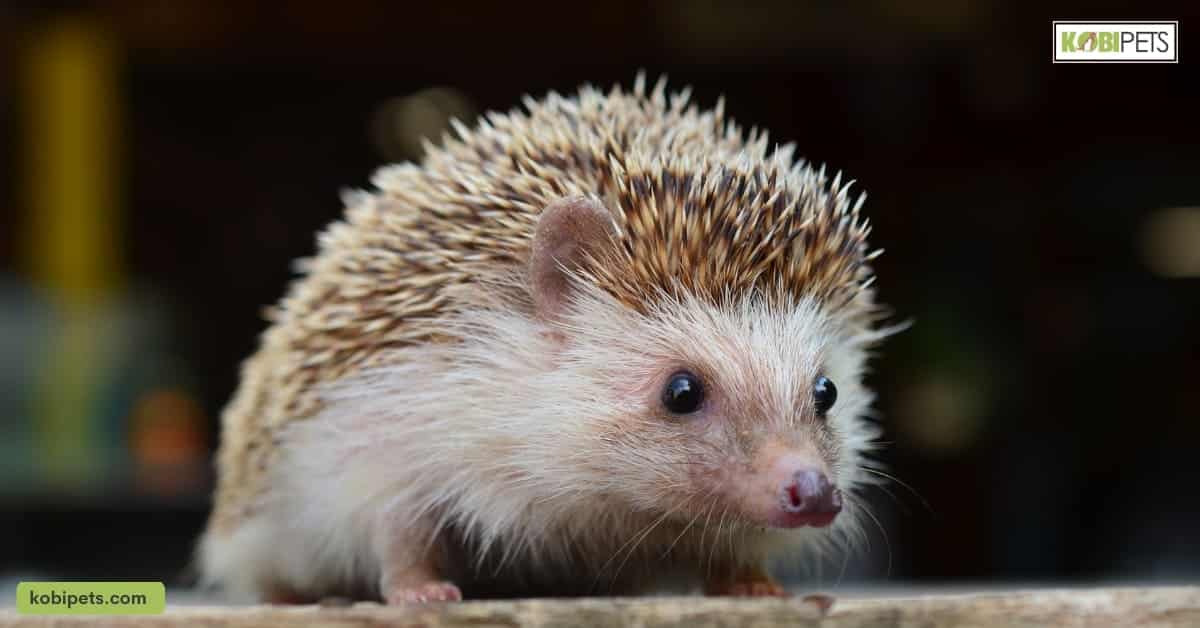
In Conclusion
Hedgehogs make wonderful pets for those who take the time to provide them with appropriate care and enrichment. When they are given a secure home, proper diet, temperature and lighting requirements, exercise opportunities, and grooming tips, these small nocturnal animals can live happily in your care.
Additionally, regular check-ups at the vet and parasite prevention techniques are essential for keeping your pet hedgehog healthy and safe. With the right environment and care, these spiky little friends can be great additions to any family.






